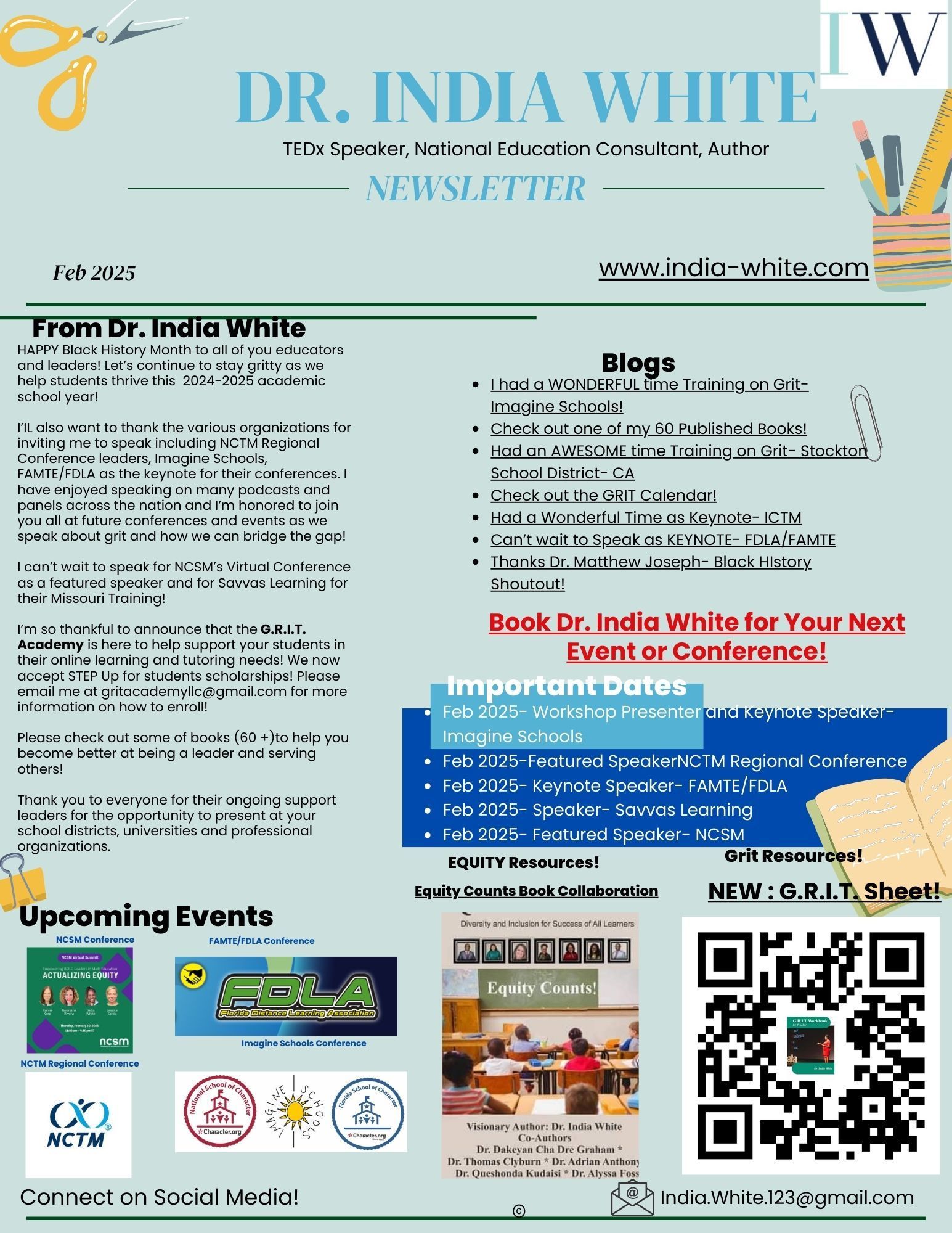Is There Enough Time to Teach?
Is There Enough Time to Teach? - Dr. India White

Is There Enough Time to Teach? – Dr. India White
Since the pandemic, teachers have been inconvenienced with issues around time management in the classroom. Schoolchildren around the world have lost an estimated 1.8 trillion hours – and counting – of in-person learning since the onset of the COVID-19 pandemic and subsequent lockdowns. Further, Globally, around 131 million schoolchildren in 11 countries have missed three-quarters of their in-person learning from March 2020 to September 2021. Among them, 59 per cent – or nearly 77 million – have missed almost all in-person instruction time.
Teachers have complained about the loss of learning that has affected student performance in their classes. Reports have shown that more than half of public school K-12 teachers said the pandemic resulted in a “significant” learning loss for students, both academically and in their social-emotional progress, according to a report.
Unfortunately, particular subsets of minority learners in addition to disabled learners have been impacted the most by the learning loss of the pandemic. Due to a loss of instructional time, and structured learning, these students have suffered in academic achievement. Research shows distance learning has caused a significant setback in achievement, particularly among Black and Hispanic students and students with disabilities.
Educators have shown a significant concern regarding the loss of instruction. For instance, reports from Horace Mann found that nearly all — more than 97% — of educators reported seeing some learning loss in their students over the past year when compared with children in previous years, and a majority, or 57%, estimated their students are behind by more than three months in their social-emotional progress.
With these drastic changes taking place in the practice of instruction and the metacognitive process of learners, something must be done. In order for teachers to gain back quality moments during instruction, here are some tips for utilizing the time during instruction:
1. Use a Timer for Class Management
a. One of the best methods to control the pace of instruction is using a timer. There is nothing wrong with having a timer. Linda Kagan and her team have provided wonderful timers and tools for instruction that can help manage time during teamwork, quizzes, independent practice and more.
2. Implement Direct Instruction
a. There are various formats of direct instruction but for the most part, they are structured with the room for gradual release models throughout instruction, i.e. I DO, You Do, We Do. Some teachers have benefitted from sticking to this method throughout their instruction while others have interchanged each chunk of instruction for best instructional practice. However, this format has helped many teachers remain focused on how much time to spend on content, discussion, and assessment during instruction.
3. Try Not to Over-Teach
a. Because of their love for the subject, some teachers have the tendency to over-teach and point out extra facts about the content that is not aligned to standards. Further, they tend to go down rabbit holes because of their passion, causing them to run out of time, and losing opportunities to teach all of the content required. To avoid over teaching, write out notes and stick to the bullets within your notes. Any extra passion, transfer it to the next point of your lesson.
4. Keep it Simple!
a. Sometimes, instruction doesn’t get going until after 10 to 15 minutes of classroom procedures, reminder of rules, taking attendance and unexpected interruptions. To avoid losing a hefty chunk of time during instruction, teachers should limit reviewing procedures to a maximum of three to five minutes. Further, teachers can strive to take attendance at the end of the period or during a moment they are giving an assessment to their class. This way, they can spend the majority of their time on instruction, versus the clutter that comes with procedures, answering emails and more. Further, making sure to keep instructions simple will make the art of teaching more manageable for the teacher and the student.
Conclusion
As an educational leader, as you aim to take advantage of the time you have with each leaner, remember to use a timer to help you with classroom management. Further, implement teaching structures like direct instruction so you can remain focused on how you want instruction to unfold. Further, try not to over teach when explaining your lesson, and keep the flow of your classroom procedures simple. As you continue in these ways of work, you will begin to see that instructional time will be spent on quality instruction, eliminated gaps of time that could have been wasted. I wish you the best in your endeavors as you tackle the task of time management in your classroom.

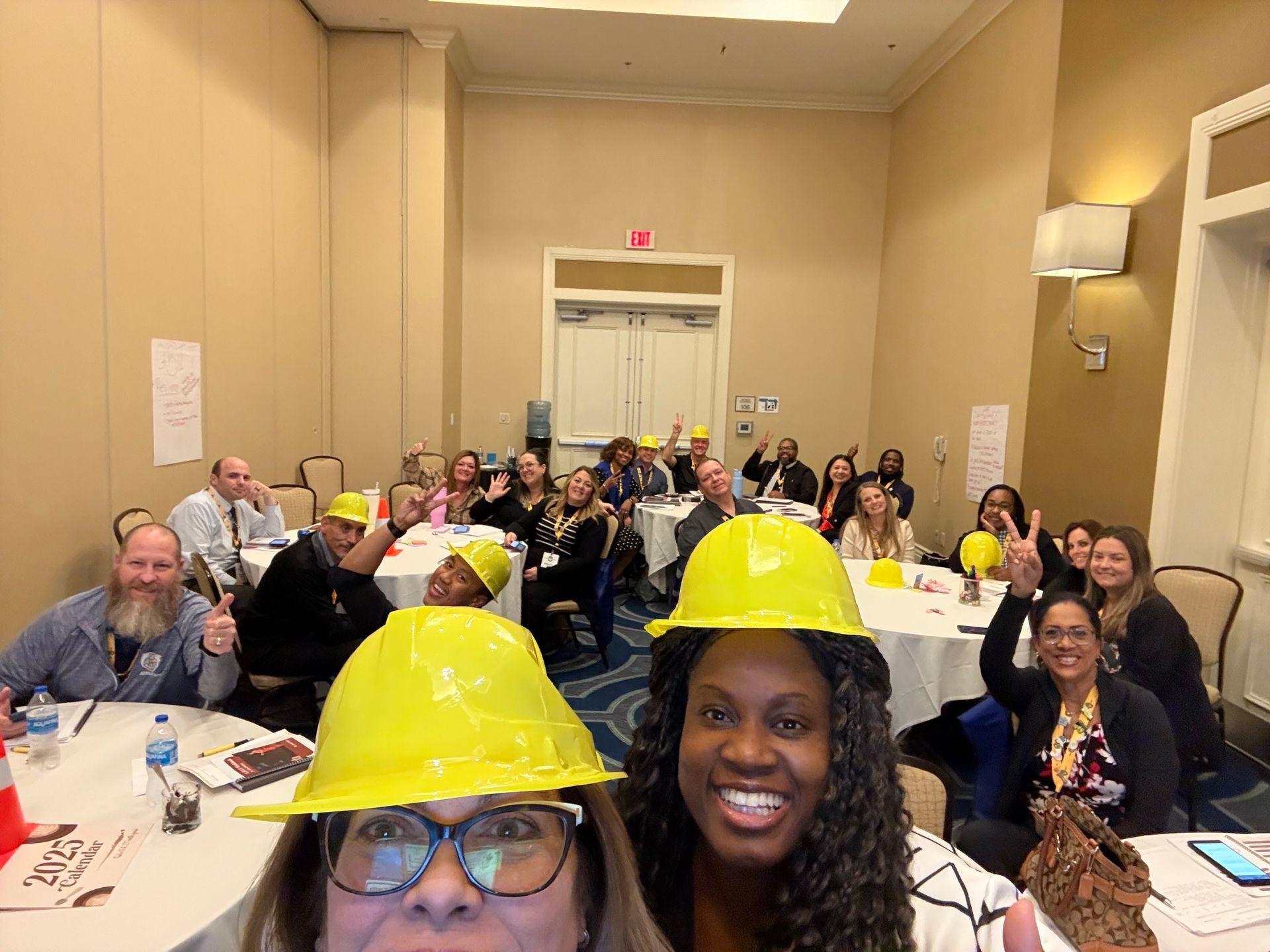


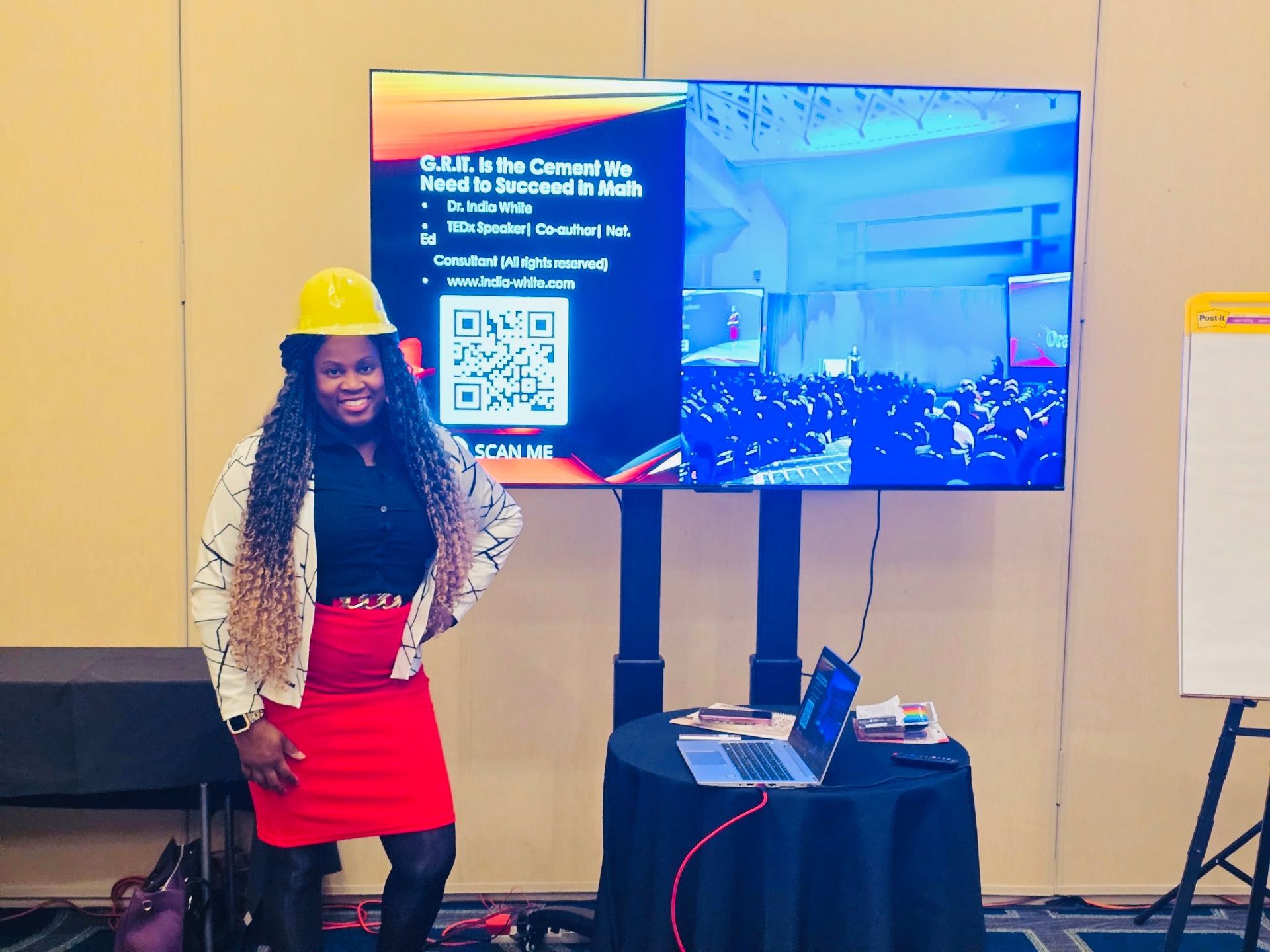
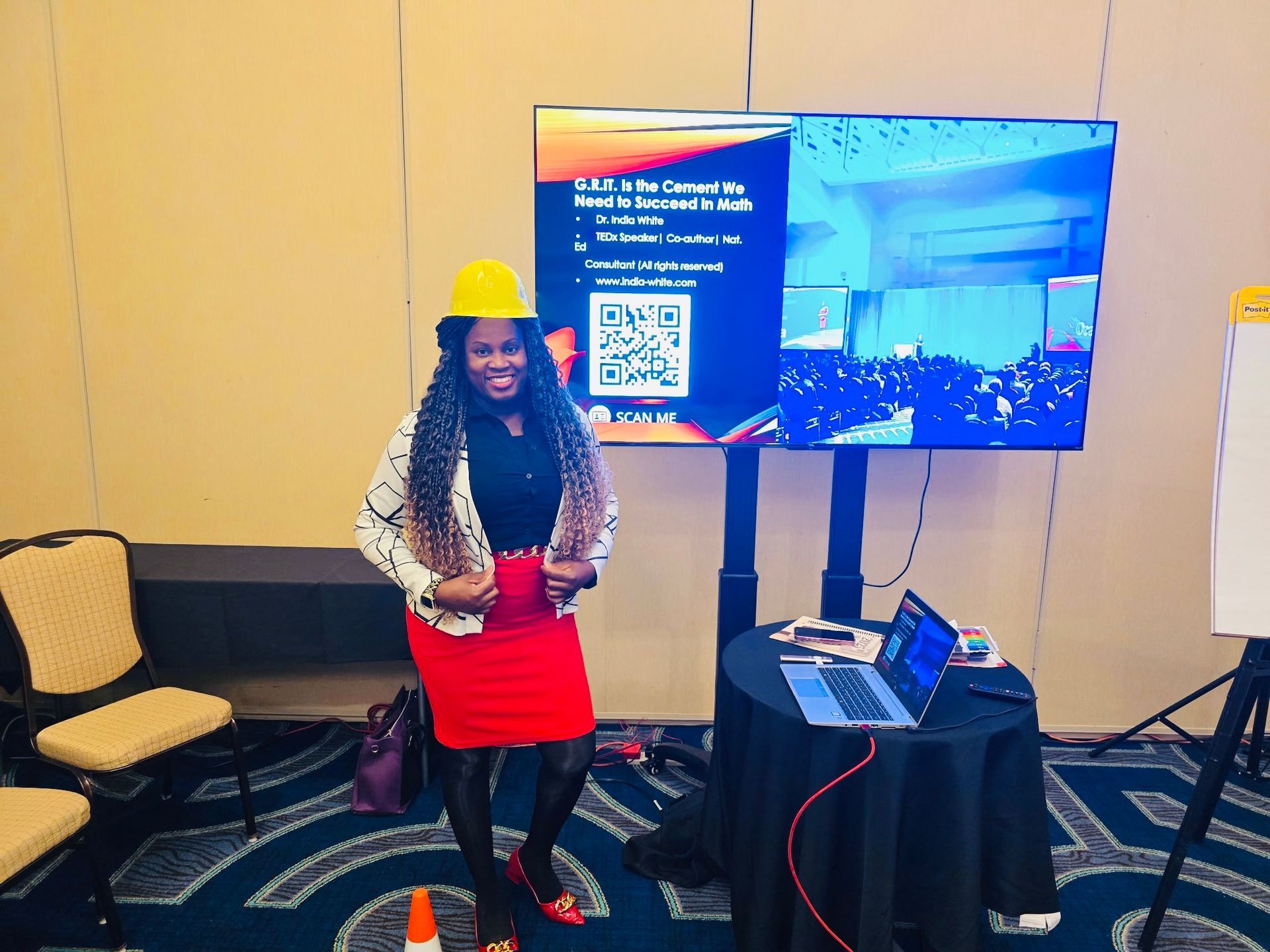

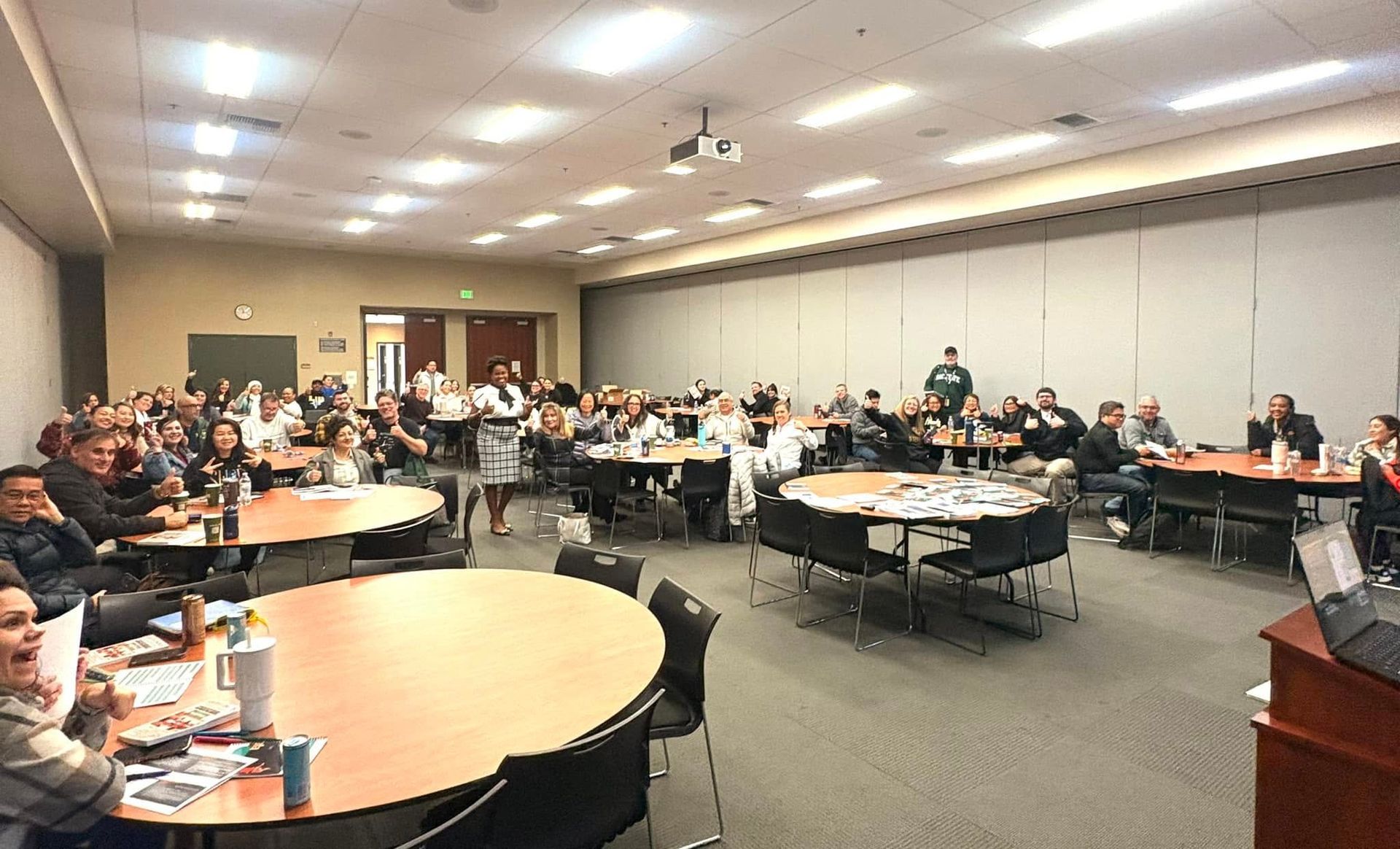
Contact Us
We will get back to you as soon as possible.
Please try again later.
India White, All Rights Reserved. Powered By Automation Links
Terms of Us | Privacy Policy | About
